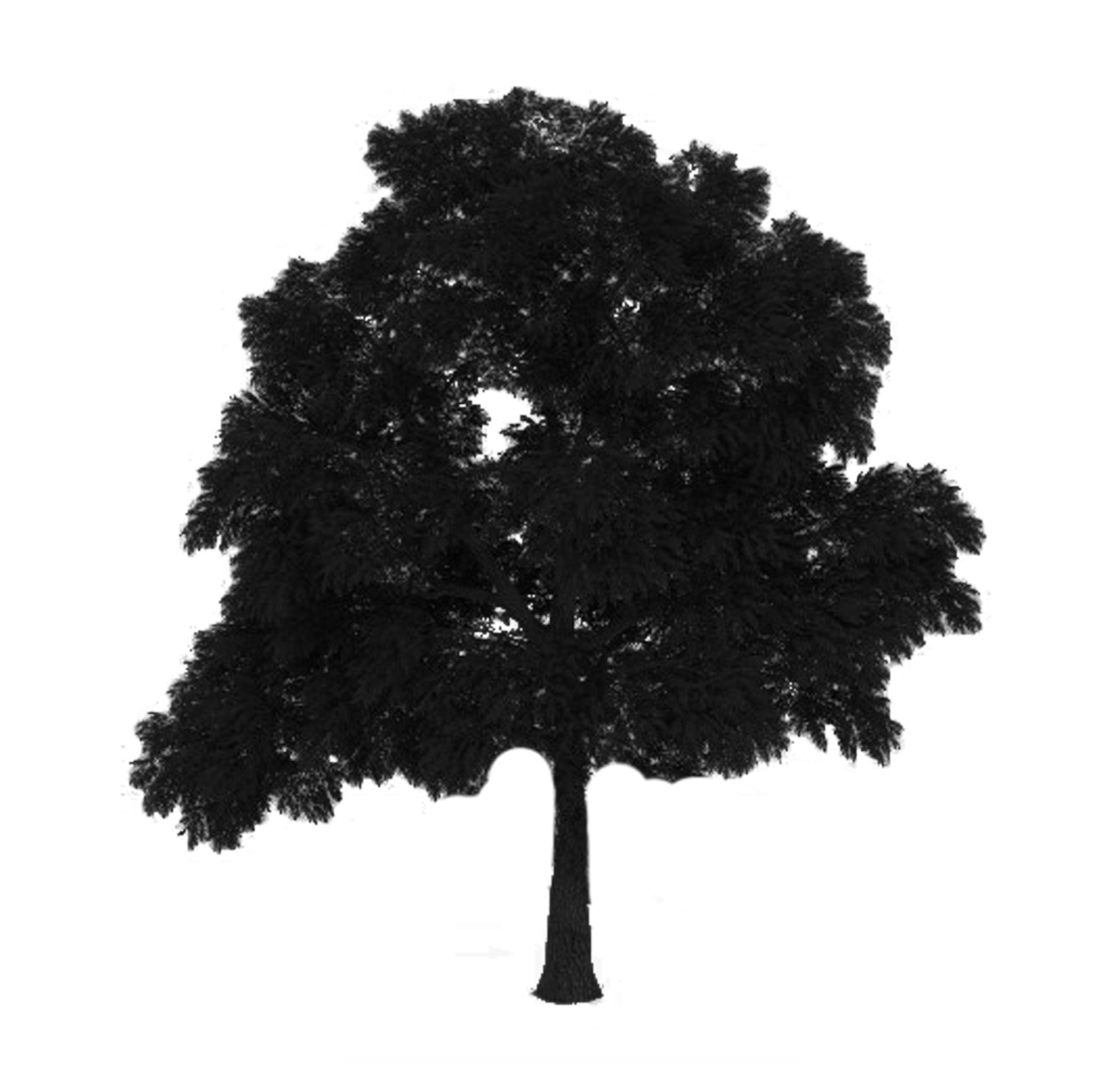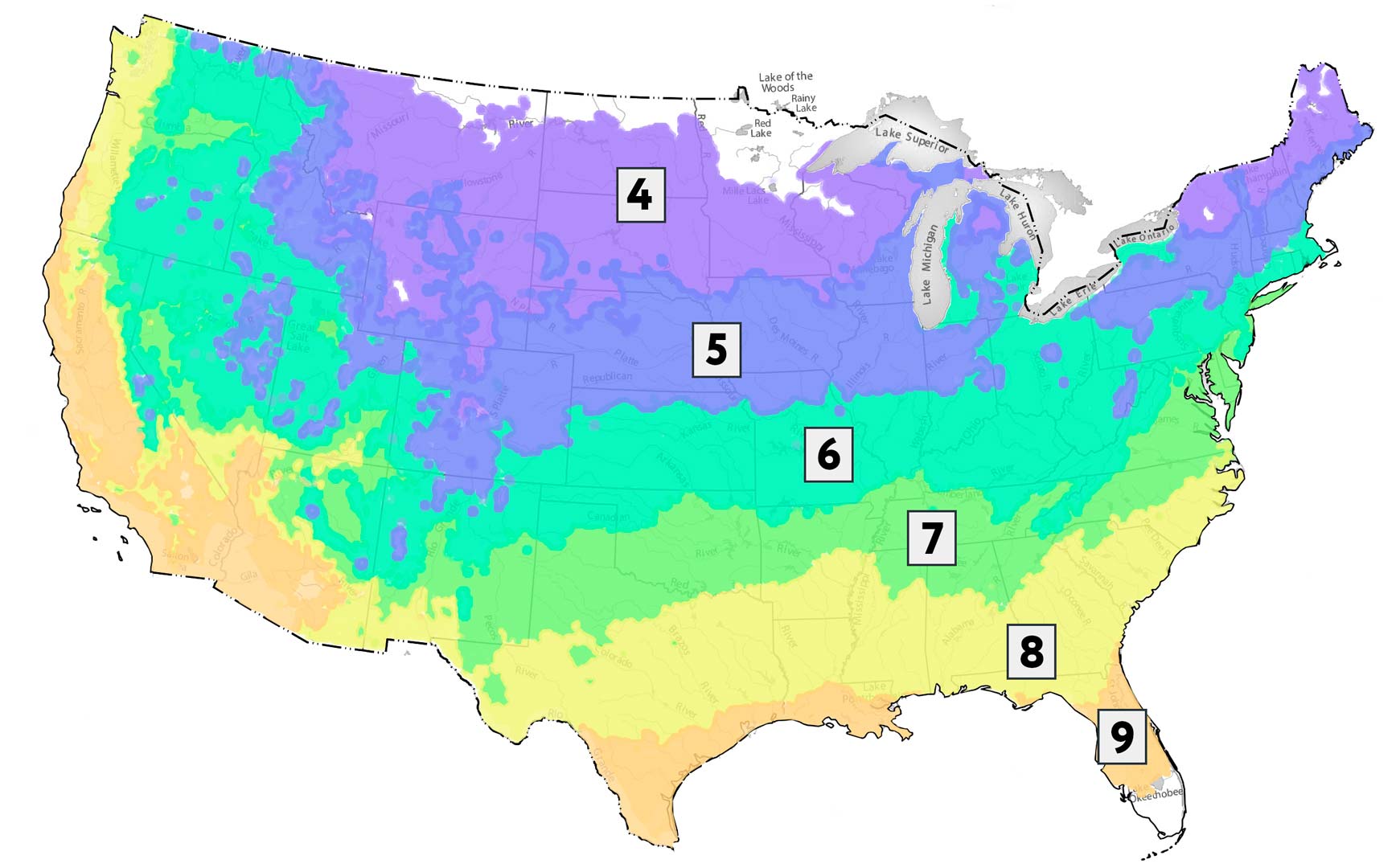Back to Map

Sassafras
#6751 | Sassafras albidum
Look for: Ovate to elliptic 3-7 inch medium green leaves, mitten-shaped, Mahogany-brown, deeply-ridged bark
Origin: Eastern North America
Back to Map

Look for: Ovate to elliptic 3-7 inch medium green leaves, mitten-shaped, Mahogany-brown, deeply-ridged bark
Origin: Eastern North America
Sassafras can grow to be a medium-sized tree like this specimen, but we often see it growing natively in Connecticut as a colony of plants that have grown from root suckers. Sassafras has interesting sympodial branching where the terminal bud ceases to grow and a side bud takes over to produce the new shoot. It also has distinctive “mitten-shaped” leaves that can have two thumbs, single thumbs on either side or no thumbs at all. Sassafras yields ½" dark blue fruit, usually eaten by deer, bears, wild turkeys and a wide variety of other birds.
Throughout its natural range, the roots and bark were once used as a regular spring tonic. A Spanish physician in 1574 announced that sassafras was a cure for almost every human ailment. The roots or root bark have been used to make sassafras tea in the past, but safrole, a chemical from the bark that ends up in the tea, is a potential carcinogen.

USDA Zones 4-9